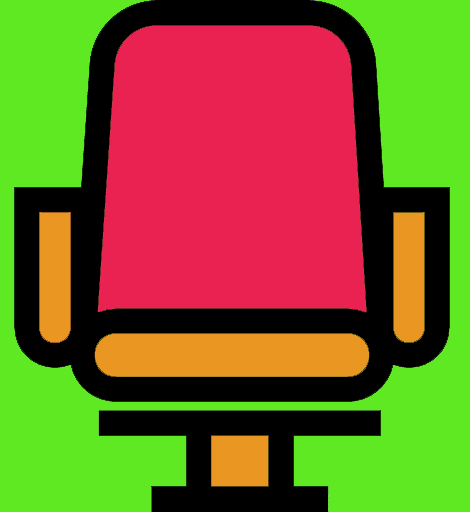Abbey Hepner (CV)
Abbey Hepner is an artist and educator interested in health, technology, and our relationship with place. She frequently works at the intersection of art and science, questioning systems of power and the use of health as a currency. Her practice ranges in execution from art intervention to performance, from coding to biological experimentation, but the artwork almost always lives in and through the photographic medium.
Hepner received degrees in Studio Art and Psychology from the University of Utah and her MFA in Photography from the University of New Mexico. Her work has been exhibited widely in such venues as the Mt. Rokko International Photography Festival (Kobe, Japan), SITE Santa Fe, the University of Buffalo Art Galleries, Noorderlicht Photofestival (Groningen, Netherlands), and the Newspace Center for Photography (Portland, OR). Her work has been recently highlighted in Hyperallergic, Lenscratch, Ars Technica, Artillery Magazine, Aint-Bad Magazine, and Fraction Magazine. In the summer of 2018, she was an artist in residence at the Banff Centre for Arts and Creativity in Canada. Hepner is a 2020 presenter for the Yuma Art Symposium and the Society for Photographic Education in Houston, Texas. She currently teaches at Southern Illinois University Edwardsville as an Assistant Professor of Art and Area Head of Photography.
Artist Statement on Transuranic Series
Transuranic is a series of uranotypes, an obsolete nineteenth-century photographic process that uses uranium instead of silver to form the image. Uranium is an element that was used to make nuclear bombs and is the basic fuel for nuclear power reactors. These uranotypes were created from photographs captured at every nuclear site in the Western U.S. that transports radioactive waste to the Waste Isolation Pilot Plant (WIPP) in New Mexico. WIPP is the nation’s only permanent geological repository for radioactive waste, a place where waste is buried deep in the earth and intended to rest for 10,000 years.
Upon moving to New Mexico from Japan, where I participated in disaster relief work following the 2011 tsunami and nuclear meltdown, I set out to understand the impact of the nuclear industry on my immediate surroundings. Transuranic documents nuclear facilities from an outsider’s perspective. Places seemingly transparent in their operations, as indicated by signage, and resting amongst us like scars on the landscape. The red and yellow hue of the uranotypes, likened to the color of the sky after the bomb was dropped on Hiroshima, was formed from the exposure of uranyl nitrate. This material presence negates the unassuming and banal nature of these sites and reminds us of the reality reflected in the images.
Abbey Hepner, Installation view from Transuranic series: 9"x13" Uranotype in locked box with 2 Geiger Counters, Sound; Cold War Era Geiger counter and post-Fukushima consumer Geiger counter
Abbey Hepner, Waste Isolation Pilot Plant, Carlsbad, New Mexico, 2014
Uranotype, 9”x13” image on 16”x20” sheet
Abbey Hepner, Urenco, Eunice, New Mexico, 2014
Uranotype, 9”x13” image on 16”x20” sheet
Abbey Hepner, Rocky Flats Wildlife Refuge, Arvada, Colorado, 2014
Uranotype, 9”x13” image on 16”x20” sheet
Abbey Hepner, Los Alamos National Laboratory, New Mexico, 2014
Uranotype, 9”x13” image on 16”x20” sheet






